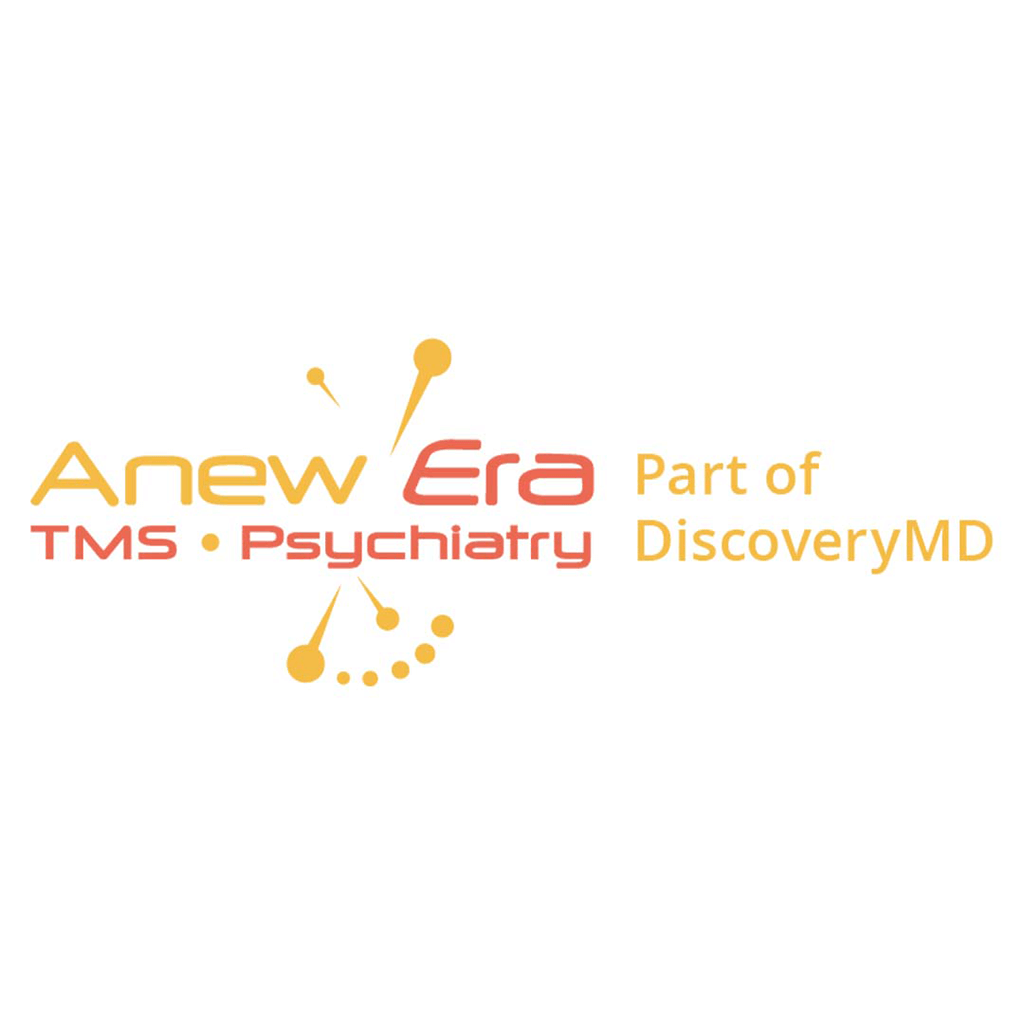Patients are actively seeking mental health information and support online. Social media provides a powerful platform for TMS providers to build brand awareness, connect with potential clients, and establish themselves as thought leaders in the field. However, navigating the social media landscape can be a challenge. This guide explores strategies specifically tailored for mental health professionals utilizing TMS therapy, helping you optimize your online presence and reach new patients effectively.
Crafting a Strategic Social Media Presence
A robust social media strategy forms the bedrock of a successful campaign. Here’s what you, as a TMS therapist, should prioritize:
- Target Audience Definition: Who are your ideal patients? Are they young adults struggling with depression, or professionals experiencing treatment-resistant anxiety? Understanding their demographics and preferred platforms (Facebook, Instagram) allows for targeted outreach.
- Content Calendar Creation: Plan your content in advance. Craft a mix of informative posts about TMS therapy, its benefits, and real-life success stories (with patient consent, of course). Intersperse these with mental health awareness content and educational resources related to TMS therapy.
- Embrace Technology: Don’t shy away from AI tools! Explore AI-powered content creation platforms and social media management software to streamline scheduling, automate repetitive tasks like post creation, and personalize content for different patient segments.
Optimizing Your Social Media Strategy with Data
Data is your best friend! Leverage social media analytics tools like Facebook Insights to track your performance and make informed decisions. Gain insights on:
- Audience Engagement: See which posts resonate most with your audience. Focus on engagement optimization strategies like polls, Q&A sessions, and live video discussions about TMS therapy to boost interaction.
- Targeted Audience Refinement: Utilize audience targeting features to reach individuals most likely to benefit from TMS therapy. Consider factors like demographics, interests, and online behavior.
- Data-Driven Decisions: Track key metrics like website traffic, appointment bookings generated from social media, and overall follower growth to measure campaign success. Use these insights to refine your approach and make data-driven adjustments to your content and targeting strategies.
Streamlining Your Workflow with Automation
Managing multiple social media accounts can be a time-consuming task. Consider these options:
- Marketing Automation Platforms: Explore platforms that offer social media management features. These tools allow you to schedule posts, track performance across platforms, and engage with followers in one central location, freeing up your valuable time for patient care.
- Social Media Management Services: Outsourcing your social media management to a dedicated team can free up valuable time and resources, allowing you to focus on client care.
Conclusion
Social media holds immense potential for TMS providers to expand their reach and connect with potential patients. By crafting a targeted strategy, embracing AI tools for content creation and management, and utilizing data-driven insights to optimize your campaigns, you can build a strong online presence, establish yourself as a leader in the field of TMS therapy, and ultimately, help more people struggling with mental health find the support they need. Remember, consistency is key! Regularly create engaging content, optimize your campaigns based on data, and prioritize patient education to build trust and establish yourself as a trusted resource for TMS therapy.
See how the power of social media can make a difference in your practice marketing by becoming a Standout Feature on TMSTherapyNearMe.com. Contact us today.





